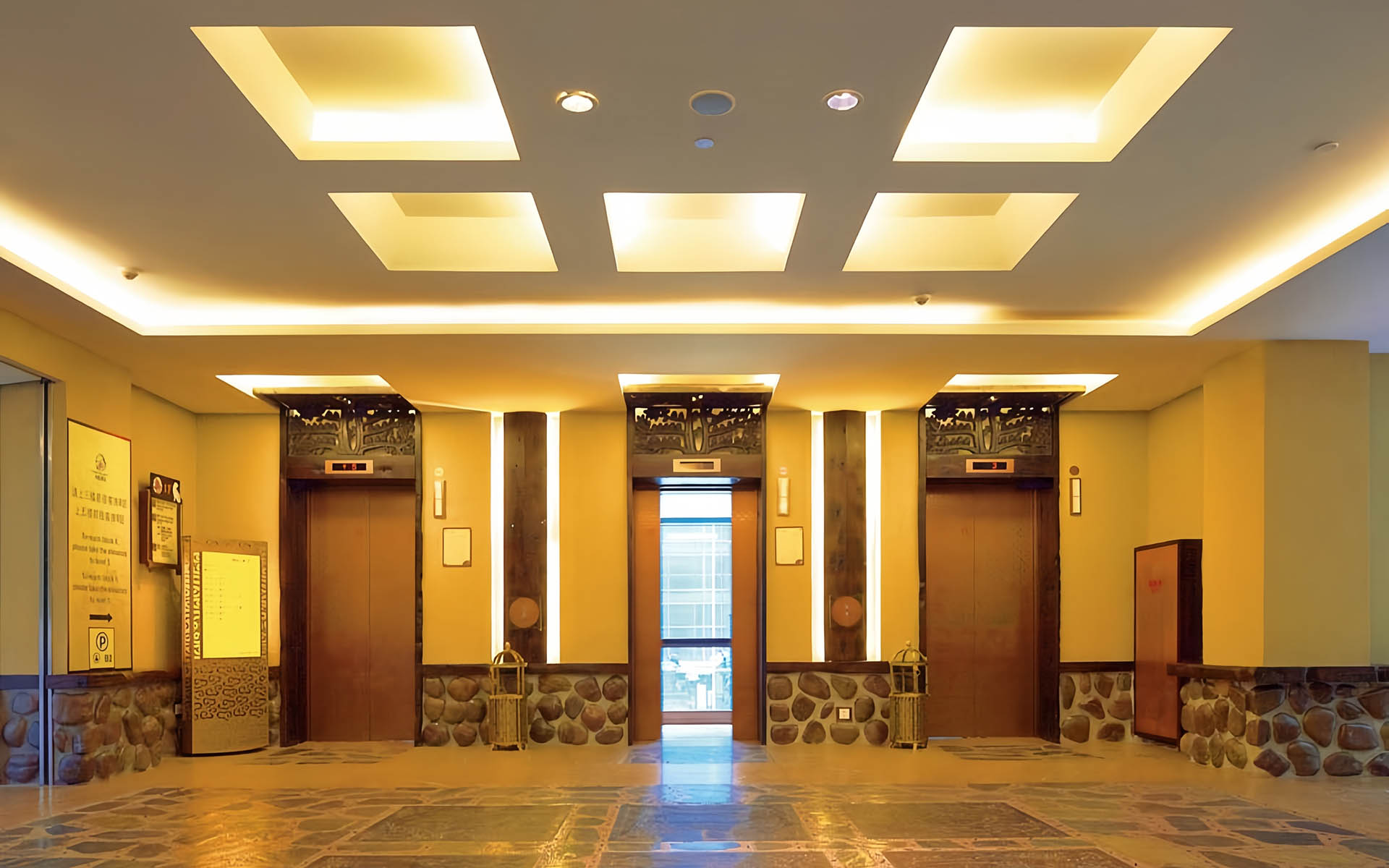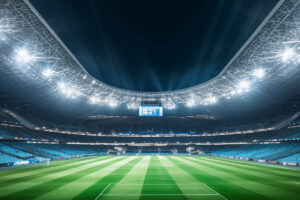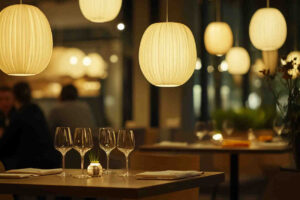Table of Contents
Introduction
Lighting is more than just a functional component of architectural and interior design; it is a transformative element that shapes our perception of space and ambiance. Effective lighting enhances the aesthetic appeal of an environment, influences mood, and can even affect the productivity of those within the space. As we strive for more personalized and sustainable living and working environments, the role of lighting grows increasingly central to design strategies. In this context, bespoke LED lighting is emerging as a pivotal solution for those seeking customization and efficiency.
Bespoke LED lighting refers to tailor-made lighting solutions designed to fit the specific needs and preferences of an individual project or client. This approach allows for a perfect alignment of lighting with the architectural features, interior design, and functional requirements of a space, marking a departure from one-size-fits-all solutions. With the ability to customize aspects such as brightness, color temperature, and even the physical design of light fixtures, bespoke LED lighting is rapidly gaining popularity among designers, architects, and end-users alike, revolutionizing the way we light up our environments.
The Rise of Bespoke LED Lighting
The evolution of lighting technology has been monumental, shifting from standard, mass-produced options to highly customized lighting solutions. Initially, the industry was dominated by basic incandescent and fluorescent lights, which offered limited flexibility in terms of design and energy efficiency. However, as environmental awareness and technological advancements took center stage, there was a clear shift towards more sustainable and adaptive lighting options. This shift laid the groundwork for the emergence of LED lighting, which brought with it the promise of lower energy consumption and longer lifespan.
The true game-changer has been the advent of bespoke LED lighting. Unlike traditional lighting solutions, bespoke LED systems are not off-the-shelf but are crafted to meet specific client requirements. This transformation has been driven by significant advancements in LED technology, allowing for unprecedented customization in lighting. With LEDs, designers can now manipulate light intensity, color temperature, and even color rendering index to create the desired atmosphere and functionality for any given space.
Moreover, technology has played a pivotal role in enabling personalized lighting designs. Modern software tools and digital design techniques allow precise control over the distribution and quality of light. For instance, using sophisticated design software, lighting designers can simulate how light interacts with different materials and surfaces even before the actual installation. This capability ensures that each bespoke lighting solution is both aesthetically pleasing and functionally superior.
Additionally, smart lighting systems, integrated with IoT (Internet of Things) technologies, have introduced a new level of customization. These systems allow users to control their lighting environments via apps or voice commands, adjusting settings based on time of day, occupancy, or even mood. Such innovations not only enhance the functionality of bespoke lighting solutions but also contribute to their growing popularity in both residential and commercial settings.
As we continue to push the boundaries of what is possible in lighting design, the rise of bespoke LED lighting stands out as a testament to how technology and creativity can come together to create spaces that are not only illuminated but truly illuminated.

Benefits of Bespoke LED Lighting
Customization to Fit Any Space
Bespoke LED lighting excels in its ability to be customized to fit any architectural space, regardless of its complexity or uniqueness. Tailoring light fixtures to specific architectural details is not just about aesthetic alignment but also about optimizing illumination for functionality and comfort. For instance, a custom LED solution can be designed to highlight architectural features like columns, beams, or art pieces, enhancing the space’s unique elements without overpowering them.
Examples of bespoke lighting in unique environments include the integration of LED strips in staircases for subtle yet effective illumination or the use of customized pendant lights over a dining area to create a focal point. In commercial settings, bespoke LED fixtures can be crafted to complement the branding of a business, with colors and designs that reflect the company’s logo or color scheme. This level of customization not only fulfills specific lighting needs but also contributes significantly to the branding and aesthetic coherence of a space.
Enhancing Aesthetics
The visual appeal of a space can be dramatically enhanced by well-designed bespoke LED lighting. By allowing precise control over aspects like intensity and distribution, these lighting solutions can create the perfect ambiance, from warm and cozy to bright and energetic. The impact of lighting on mood and perception is profound; for instance, cooler light temperatures can increase alertness and productivity in office settings, while warmer tones can make residential spaces feel inviting and comfortable.
Energy Efficiency and Sustainability
One of the most significant benefits of bespoke LED lighting is its energy efficiency. LED technology has advanced to the point where it uses significantly less energy than traditional lighting solutions like compact fluorescent lamps and halogen lamps, which not only reduces utility costs but also lessens environmental impact. Custom LED solutions take this a step further by being designed to provide optimal light output where needed, reducing waste through over-illumination.
Moreover, the sustainability of bespoke LED lighting extends beyond energy consumption. These systems often incorporate materials that are more sustainable and designs that require less frequent replacements. The long lifespan of LED bulbs combined with designs that can be easily updated or modified contributes to a reduction in material waste, aligning with the principles of ecological responsibility and sustainability in modern design practices.
Through these benefits, bespoke LED lighting not only meets the diverse needs of users but also contributes to broader sustainability goals, making it an intelligent choice for future-forward lighting solutions.

Design Process of Bespoke LED Lighting
Initial Concept and Design
The journey of creating bespoke LED lighting begins with a thorough collaboration between designers and clients. This initial stage is crucial as it sets the foundation for a successful project. Designers work closely with clients to understand their vision, preferences, and the specific demands of the space. This collaborative approach ensures that the lighting design is not only visually appealing but also aligns perfectly with the client’s needs and the architectural integrity of the space.
Understanding the space is about more than just measurements and dimensions; it involves recognizing how the space is used, the ambiance it aims to convey, and how lighting can enhance its function and appeal. For example, a designer might suggest different lighting schemes for a room based on its use, such as softer, warmer lights for a residential living room and brighter, more direct lights for a home office. This stage often involves site visits, detailed discussions, and the use of architectural plans to map out the lighting strategy effectively.
Manufacturing and Installation
Once the design is finalized and approved, the next phase is manufacturing the bespoke fixtures. This stage underscores the craftsmanship involved in translating design blueprints into tangible products. Bespoke lighting fixtures require a high level of precision and skill, as each piece may involve unique materials and complex configurations that standard production lines are not equipped to handle. The production of bespoke lighting often involves both advanced machinery for precision and handcrafted techniques for detailing, ensuring each piece meets the high-quality standards expected by clients.
The installation process also requires careful consideration, particularly when integrating new fixtures into existing structures. It is crucial to ensure that the installation is seamless and does not disrupt the structural integrity or aesthetic of the space. Installers must consider electrical requirements, support structures, and the overall layout of existing wiring and fixtures. For bespoke projects, this might mean working closely with electricians and architects to ensure that the lighting fixtures are perfectly placed and functional.
Additionally, the installation phase often involves testing and adjustments to ensure that the lighting operates as intended, providing the right levels of illumination and achieving the desired effects within the space. This might include dimming tests, color temperature adjustments, and angle optimizations to ensure that each light perfectly captures and enhances the architectural features of the space.
Through these detailed and careful stages of design, manufacturing, and installation, bespoke LED lighting brings a vision to life, transforming ordinary spaces into beautifully illuminated environments that reflect the unique tastes and functional needs of each client.

Challenges in Bespoke LED Lighting
Navigating Technical Specifications and Design Limitations
One of the primary challenges in bespoke LED lighting is managing the technical specifications within the constraints of a specific project. Each space has its own set of limitations, such as ceiling height, electrical capacity, and environmental factors, which can significantly influence the design and functionality of a lighting solution. Designers must meticulously evaluate these constraints to ensure that the lighting not only fits aesthetically but also functions efficiently without overburdening the existing infrastructure.
Additionally, staying updated with the latest advancements in LED technology and industry standards, such as those set by the International Electrotechnical Commission and the American National Standards Institute, is crucial. These standards often dictate aspects of safety, efficiency, and compatibility of lighting components, which are integral to delivering a high-quality project that is both reliable and up to code. Navigating these complex specifications requires a deep understanding of both the technical and regulatory landscapes, which can be a significant hurdle in bespoke lighting projects.
Balancing Creativity with Functionality
Another significant challenge in bespoke LED lighting is striking the right balance between creativity and functionality. While clients may desire innovative and visually striking designs, these must be balanced with practical considerations such as light intensity, energy efficiency, and ease of maintenance. For instance, a beautifully designed light fixture that does not provide adequate illumination or is difficult to maintain can detract from its utility and the overall user experience.
Designers must creatively integrate elements such as color temperature and luminous efficacy to meet aesthetic goals without compromising on functionality. This often involves using advanced simulation tools to predict how light interacts with the environment and adjusting designs accordingly to ensure that the lighting is both beautiful and practical.
Furthermore, bespoke projects often require custom-made components, which can introduce challenges in terms of sourcing materials and ensuring component compatibility. Each element, from the LEDs to the housing and diffusers, needs to work seamlessly together to create a cohesive and functional unit.
These challenges highlight the complex interplay between artistic vision and technical practicality in bespoke LED lighting. Successfully navigating these challenges requires a skilled and experienced design team capable of integrating innovative solutions with functional design practices to create lighting that is both inspiring and effective.

Conclusion
Bespoke LED lighting stands at the forefront of lighting design, combining aesthetic versatility with technological innovation to create solutions that are both beautiful and functional. The advantages of bespoke LED lighting are clear: from the ability to customize each fixture to fit specific architectural and design needs, enhancing the overall aesthetic and mood of a space, to the increased energy efficiency and sustainability that these systems offer.
These lighting solutions not only adapt to the unique contours of any space but also reflect the personal style and functional requirements of the user, making each installation a true reflection of individual preferences and needs. With advancements in LED technology, the possibilities for customization are almost limitless, allowing for the creation of environments that are perfectly illuminated to meet the exact requirements of any situation.
Light up your project with bespoke LED lighting—where your vision lights the way. Reach out to us now, and let’s illuminate your space together!






Leave a Reply
Your email is safe with us.